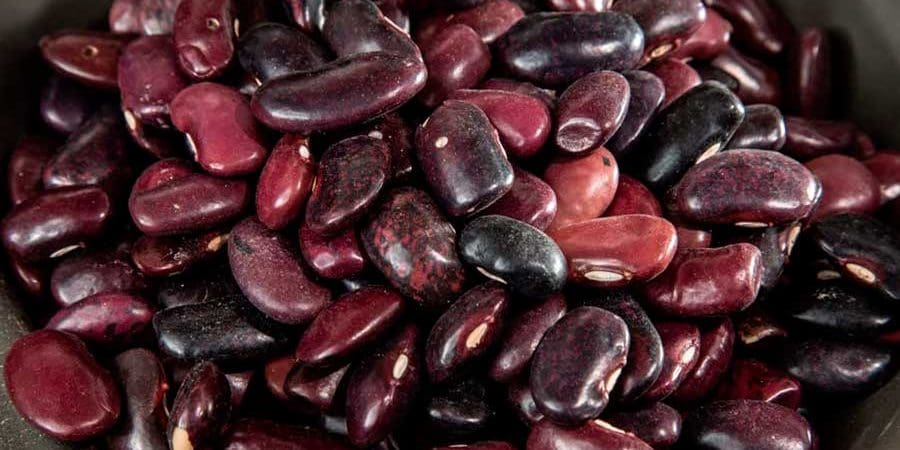This is why the ayocote bean is so fantastic
In Latin America, ayocote is soaked the night before and then boiled, followed by pressure cooking, which improves flavor and palatability and boosts nutrient bioavailability.

Ayocote bean (Phaseolus coccineus), also known as botil bean, tecomare bean, or patol, is a legume whose center of origin and domestication is located in Mexico, in the highlands of the states of Puebla, Oaxaca, and Chiapas, and is characterized by being a seed with purple, black, brown, white, pink, beige, and painted colorations, besides having lengths of nine to nineteen millimeters. The weight per seed varies from 0.86 to 1.8 grams, so it is within the range of "large seeds," so it is also called frijolón.
Although ayocotes are high in protein, fiber, and carbohydrates, it is an underutilized legume that is only known in the diets of the aforementioned entities, so their consumption is low and limited to the region where it is grown.
Attention to underutilized legumes has increased notably, as they have been considered an alternative source of protein thanks to their high protein content (16 to 25 g/100 g), in addition to being beneficial to human health due to their bioactive compounds that include phenolic acids, flavonoids, and anthocyanins, which are responsible for different antioxidant, antimutagenic, anticarcinogenic, and anti-inflammatory effects, among others.
In Latin America, ayocote is soaked the night before and then heated (after throwing away the water from soaking). The most common heat treatment is boiling, followed by pressure cooking, which makes the taste and texture better and makes the nutrients more bioavailable.
It is known that heat treatments could alter the content of its phytochemicals as well as its bioactive characteristics. Consequently, academics from the Laboratory of Antioxidants and Functional Foods of the Center for Research in Food and Development (CIAD) research the ayocote bean and its processing, including the soaking water and its cooking broths, focusing their efforts on obtaining and analyzing its bioactive compounds, as well as their bioaccessibility and bioavailability.
All to promote the consumption of a legume native to Mexico, the results of this research will provide valuable information on the phytochemical composition of this great bean and its role in reducing the risk of disease.




